The designations employed and the presentation of material on this map do not imply the expression of any opinion whatsoever on the part of IUCN concerning the legal status of any state, city or area or its authorities, or concerning the delimitation of its frontiers or boundaries.
Back
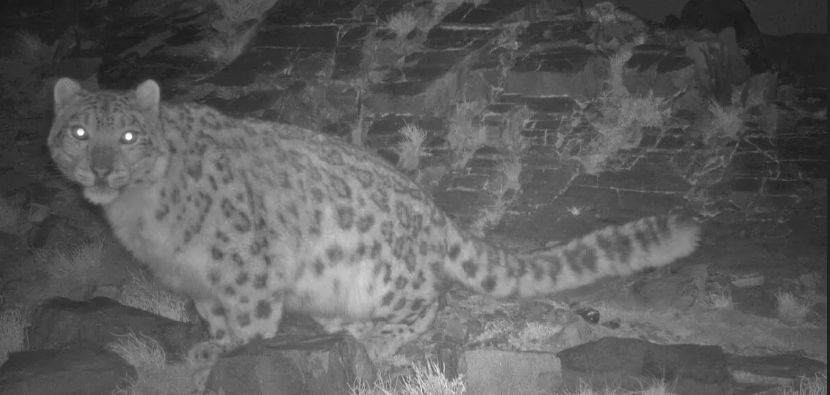
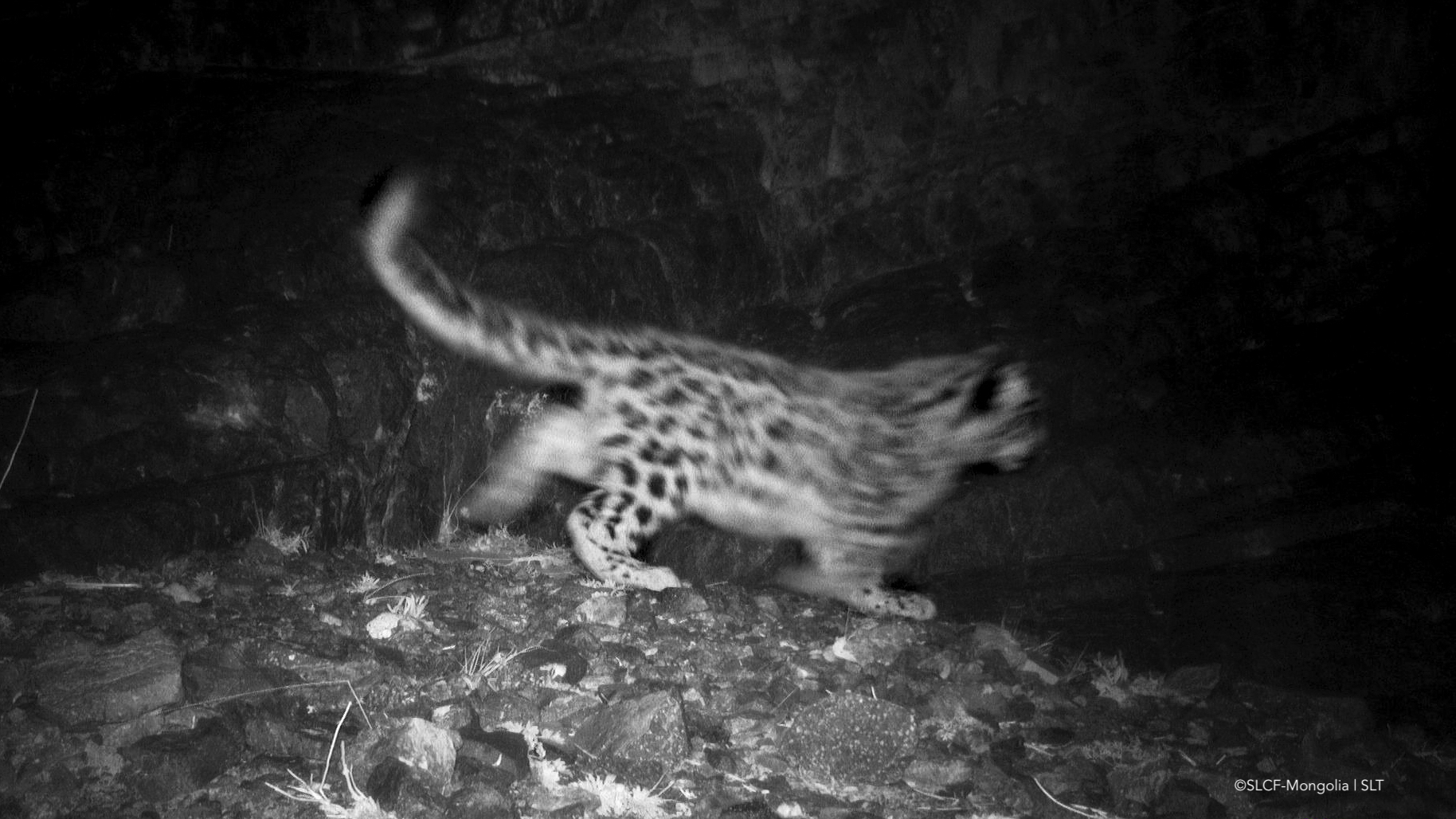

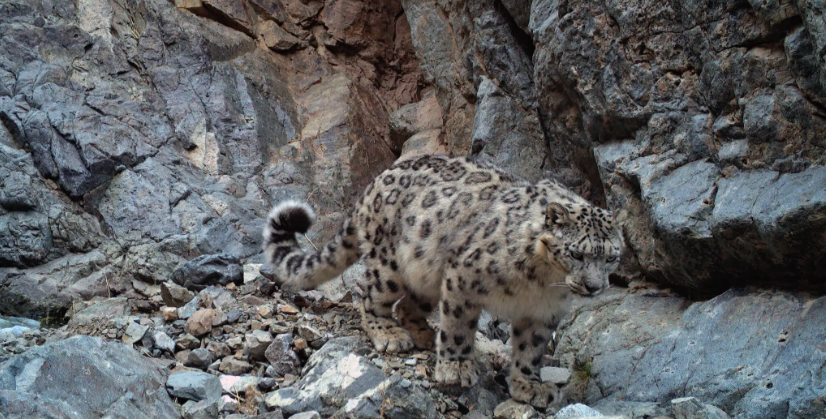
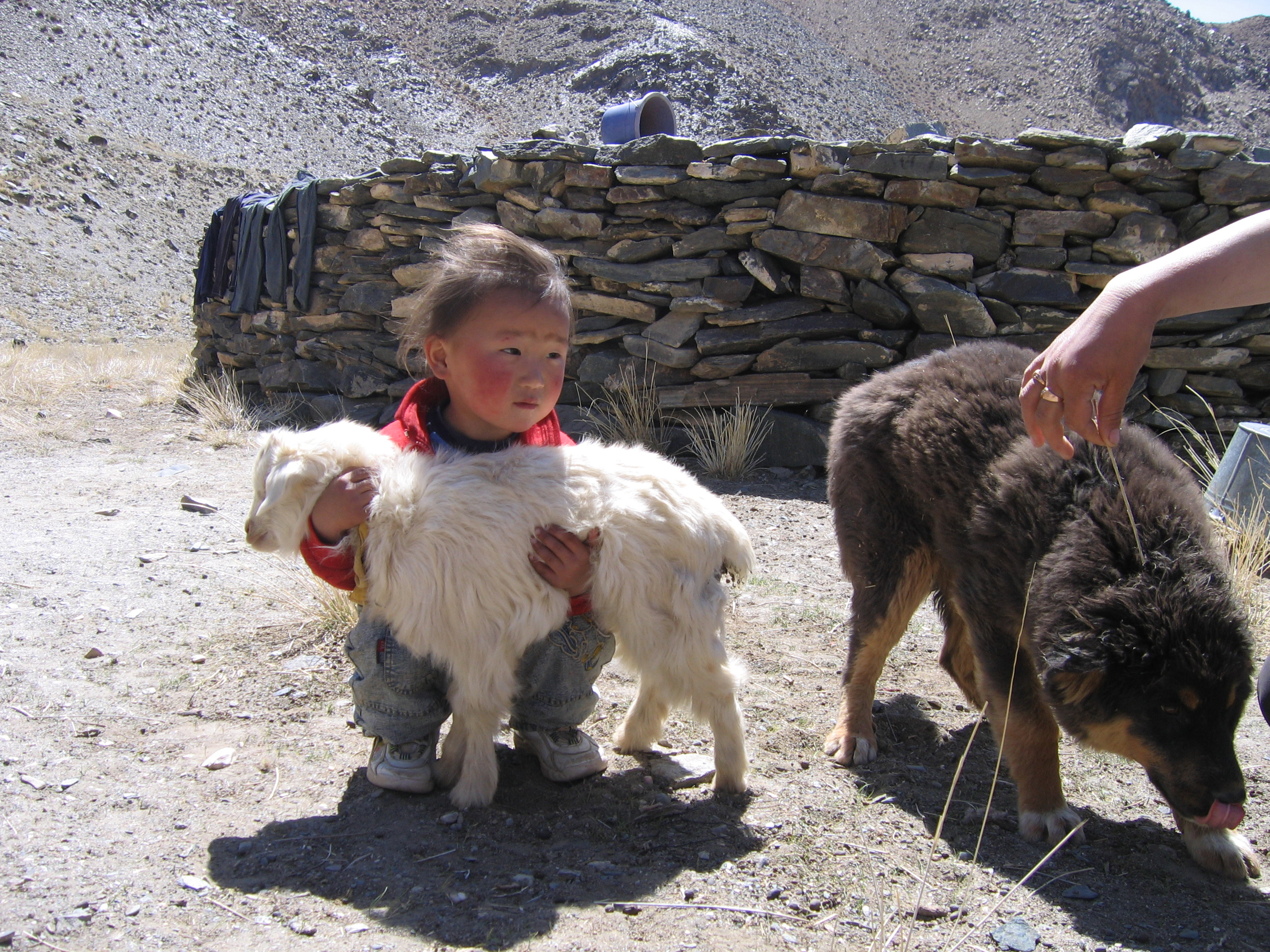
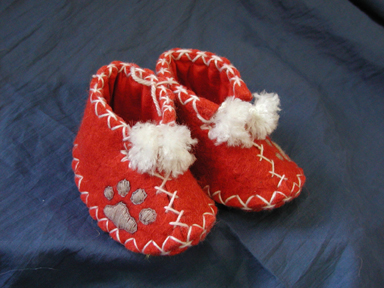
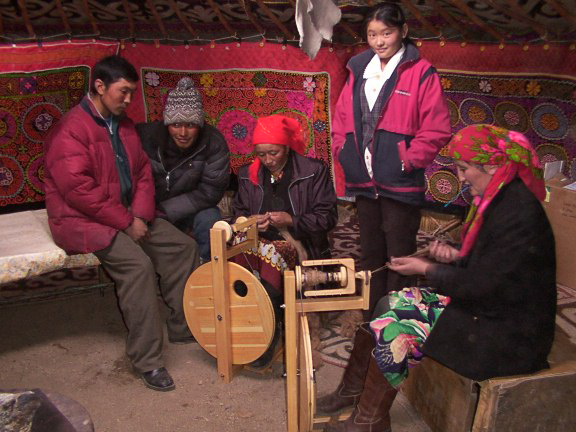


Snow Leopard Trust
Contributing IUCN constituents: BIOPARC CONSERVATIONIUCN Species Survival Commission 2021-2025
Project Details
| Name | Snow Leopard Trust |
| Description | The Snow Leopard Trust studies the snow leopard and protects its habitat. It supports the herders in their breeding work and helps them to develop the wool economy, in exchange for respecting one of the most endangered felines in the world. In order to study the snow leopard population and estimate its evolution, about twenty individuals are tracked by GPS. In the most vulnerable territories for the preservation of this majestic feline, community rangers act and intervene on the front line. They often work in difficult conditions, sometimes putting their own lives at risk, to fight illegal hunting. Travelling up to several thousand kilometers a month on their motorbikes, they patrol the Tost Nature Reserve in southern Mongolia to prevent poaching, but also to record traces of snow leopard passage and to record the presence of rare plants for example. |
| Contributing IUCN Constituent | BIOPARC CONSERVATIONIUCN Species Survival Commission 2021-2025 |
| Start Date | 12/31/2022 |
| End Date | 12/30/2023 |
| Conservation Actions | |
| Needed annual budget | - |
| Total annual budget | - |
| Staff | ♀ - | ♂ - |
| Beneficiaries | ♀ - | ♂ - |
Potential reduction of species extinction risk resulting from threat abatement actions
This stacked bar chart represents the relative disaggregation of the selected contribution's total potential opportunity for reducing global species extinction risk through taking actions to abate different threats to species within its boundaries. The percentages refer to the amount of the total opportunity that could potentially be achieved through abating that particular threat.
% Contribution of threats to species extinction
2.01%
Other ecosystem modifications
2.20%
Roads & railroads
2.69%
Housing & urban areas
2.84%
Problematic native species/diseases
3.12%
Utility & service lines
4.52%
Other
8.42%
Agricultural & forestry effluents
8.84%
Livestock farming & ranching
10.84%
Annual & perennial non-timber crops
40.21%
Hunting & collecting terrestrial animals
Threat type